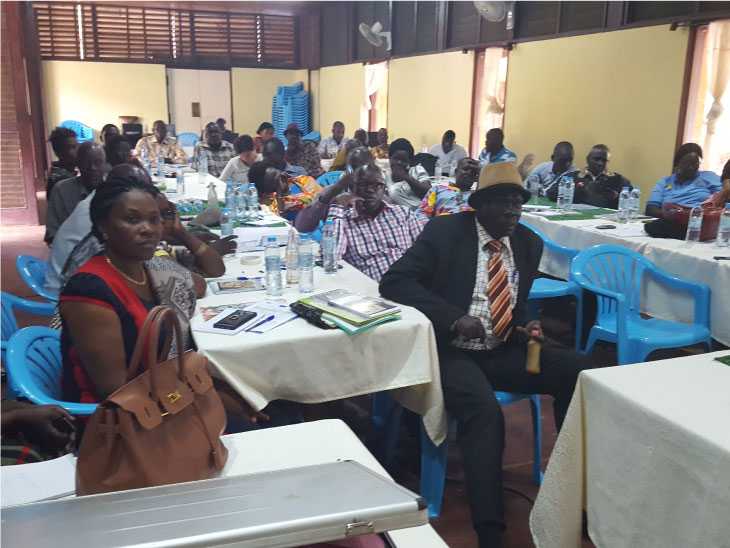The Intergovernmental Authority on Development (IGAD) has adopted a Cluster Approach to strengthen cross border cooperation among its Member States, which it is implementing in collaboration with its Development Partners. In order to address the needs of the people in the cross border areas, a cross border dialogue was initiated in two clusters, namely, Karamoja Clusters and Dikhil Clusters[1].
Introduction
A Team of IGAD Experts (from Planning, Coordination and Partnership Division (PCPD); IGAD Center for Pastoral Area Development (ICPALD); Conflict Early Warning, Early Response Mechanism) jointly facilitated a cross border dialogue in Karamoja from July 24-25, 2018.
The first cross border dialogue in the Dikhil Cluster took place from November 28-29, 2018. The dialogue that took place in Dire Dawa was jointly facilitated by PCPD and ICPALD staff.
Participants of the cross border dialogue were drawn from districts or sub-counties in the cluster. Representation from each district or sub-country was as follows:
1 Elder, 1 Women Representative, 1 Youth Representative, 1 Peace Committee Chairperson, 1 Local Administrator, and 1 Agricultural Expert. Countries in a cluster may have 4-7 districts that may bring number of participants of one community level dialogue to 50-70 persons.
A rich-picture, brain-storing, group and plenary sessions were used to facilitate a dialogue.
The subsequent sections of this article will address a conceptual framework adopted to guide series of dialogues that is presented under the methodology section, highlights of the processes and priority project ideas identified in Karamoja and Dikhil Clusters.
Methodology
Cross-border cooperation is a multi-stakeholder initiative that involves actors with different experience, opportunities and objectives. These include, grass root communities, NGOs, CBOs, local and provincial government, and National government departments. In addition, there are regional platforms and international and bi-lateral agencies that support the national and regional platforms such as IDDRSI.
The cross border dialogues, therefore, should ensure how the voice of the grass-roots communities are heard and harmonized with the views and opinions of actors in the formal systems. Therefore, it should be guided by multi-stakeholders’ platforms principles[2] that promotes participatory approaches, accommodates diversity to achieve collective goals.
In order to ensure adequate participation of the community representatives, multiple language translation and arrangement of groups according to language mix was used. In addition, a women only group was established to ensure their participation and observe variation in issues addressed and priorities.
A conceptual framework that guides various steps of the cross border dialogue is highlighted below (Figure 1)
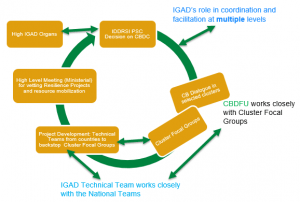
Figure 1: A conceptual Framework to Facilitate Cross Border Development Cooperation in the IGAD Region[3]
IDDRSI Platform Coordination: The IGAD member states jointly agreed to strengthen the on-going cross border cooperation under IGAD and bilaterally, for decades. Owing to its role to lead and coordinate IDDRSI, IGAD facilitates cross border cooperation in its member states.
Cross border dialogue: Community level cross border dialogue is organized with the leadership of IGAD and contribution of Development Partners. This dialogue involves mainly communities in the cross border areas and few IGAD and Member State Technical Experts.
Cluster Focal Groups: At the end of each dialogue, each country is requested to select three representatives who will be working with IGAD multi-disciplinary team and National Technical Team to prepare project documents based on the priorities identified by the community representatives. This representatives are designated as Cluster Focal Groups, and will be working with the National Technical Team (see below) in project development.
Technical Team in Member States: Cross border cooperation is for IGAD member states, and more specifically for cross border communities. Therefore, national technical team, drawn from national, regional/provincial or zonal levels who play a key role in countries resilience agenda should be on board at the earliest. The national technical team are instrumental in informing the ministers and other key stakeholders at the national levels, and also backstopping the grassroots communities through their representatives during implementation, monitoring and evaluation of the initiatives that have been vetted by the Ministerial level for implementation.
High Level Meetings: High level meetings involve Resilience Ministers from cluster countries. The IDDRSI Focal Persons and IDDRSI Platform Representatives seek guidance from the Resilience Ministers in the Member States on the cross border cooperation based on information from the ground. In addition, technical experts who will work with IGAD multi-disciplinary team and Cluster Focal Groups play a key role in advising other stakeholders in the Member States on the development of projects in respective clusters before IGAD convenes a meeting for discussion in presence of wider stakeholders.
After the decision by the Resilience ministers, IGAD will present finalized projects at the IDDRSI Steering Committee for endorsement and subsequent resource mobilization. Once sufficient funds are allocated, project implementation will commence with the involvement of the communities that originated the project ideas during the initial dialogues.
High IGAD Organs: IGAD will periodically report the progresses of development initiatives in the Member States to its high level organs.
Priority Setting on Cross Border Cooperation[4]
During two days meeting, participants have shared their understanding of the contexts through a facilitated processes, and with the help of brain-storming and rich pictures they all actively developed (see Figure 2). The rich pictures focused on the changes in socio-economic and agro-ecological would like to see within the next 20 years. Following the context analysis, participants have shared their experienced on cross border cooperation, which was conducted in small groups and shared at the plenary. The participants were divided into four groups for series of activities.
In the final exercise, the participants were requested to identify top five to seven issues that are relevant for cross border cooperation in the near future. Subsequently, they were requested to prioritize top three issue for cooperation with countries in the cluster. Among the top three, each group was required to select one best project idea. Table 1 below, provides a summary of the top issues identified out of the three.
Table 1: Priority Issues Identified for Cross Border Cooperation in Karamoja and Dikhil Clusters
| Clusters | Priority Issues | Remarks |
| Karamoja | Peace and Security, Resource sharing (forage, water, social services), Water and Pasture, Education
|
This is the view of 50 participants who discussed range of issues in four groups.
|
| Dikhil | Rainwater Harvesting, Access to water, Community based management of Natural resources, Clean water | This is the view of 70 participants who discussed range of issues in four groups. The women’s group specifically identified clean water as a top priority |
Conclusion
Cross Border Dialogues organized for the Karamoja and Dikhil Clusters created a common platform to discussion development issues in the clusters, joint understanding of contexts in the clusters, facilitated experience sharing on the past areas of cooperation, challenges and opportunities and finally provided communities priorities step by step.
Priority setting of community groups in both Karamoja and Dikhil Clusters reflected the contexts of the areas. Even though peace and security was not among the top three priority items in the Dikhil cluster, natural resources issues, such as water and pasture are the top priorities in both clusters. Therefore, subsequent steps of the dialogue (Project Development) should address the priorities of the community to ensure relevance of resilience interventions in these clusters.
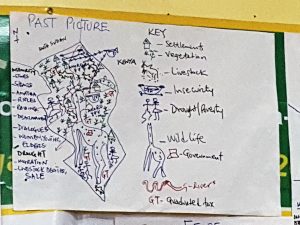
Figure 2: Example of a Rich Picture showing the current features of the Karamoja Cluster
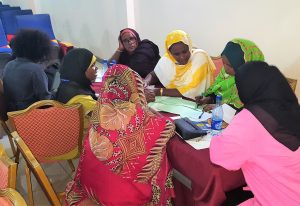
Photo: Women’s group – Dikhil Cluster
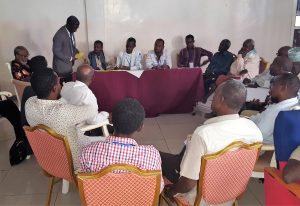
Photo: Group work on priority issues for cross border cooperation in Dikhil Cluster
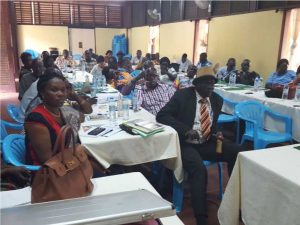
Photo: Plenary Session Karamoja Cross Border Dialogue
